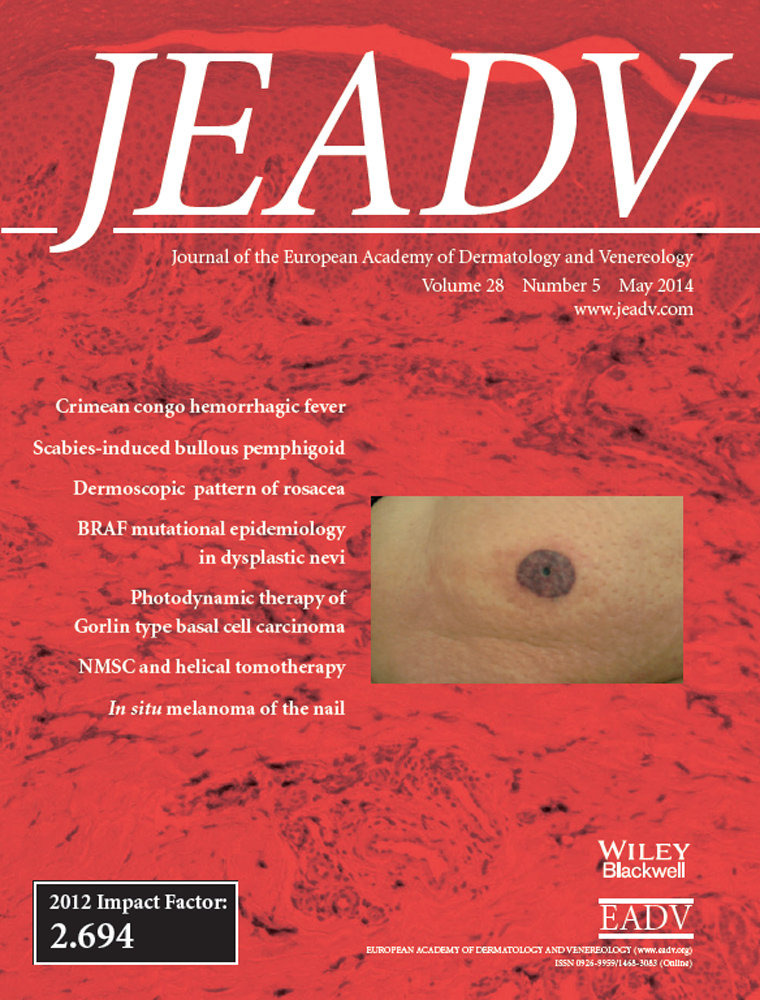Reconstruction of nasal defects with forehead flaps in patients older than 75 years of age
Conflict of interest:
There are no conflicts of interest to declare, including specific financial interests, relationships and affiliations relevant to the subject matter or materials discussed in the manuscript.
Funding sources:
None declared.
Abstract
Background
As the number of elderly patients diagnosed with non-melanoma skin cancer (NMSC) increases, the number of patients receiving dermatologic surgery also increases. Multimorbidity in this patient group is common.
Objective
The aim of this study is to assess the aesthetic and functional outcomes and complications of forehead flap (FHF) in elderly patients with NMSC.
Methods
Between 2006 and 2011, data for 28 patients 75 years of age or older who had been treated with FHFs under tumescent local anaesthesia were analysed.
Results
The median age of the study participants was 81 years (range, 75–95 years). Of the 28 total patients, 16 (57%) were female and 12 (43%) were male. The average defect size was 11 cm² (5–30 cm²). Cartilage grafts were used in four patients (14%). The average time to takedown was 25 days (17–45). The median follow-up for the patients was 10 months (1–60 months). There were seven treatment-related complications due to infectious causes (2), epidermal necrotic tissue (2), bleeding (1), hair on the flap (1) and alar rim notching (1). No life-threatening complications were detected.
Conclusions
The FHF procedure is a safe and low-risk procedure in patients 75 years of age or older with advanced skin defects. If a defect requires an FHF to obtain a normal and aesthetic appearance, this procedure should be performed. However, dermatologists must weigh the safety of the procedure in relation to the clinical benefits when managing this patient group.




